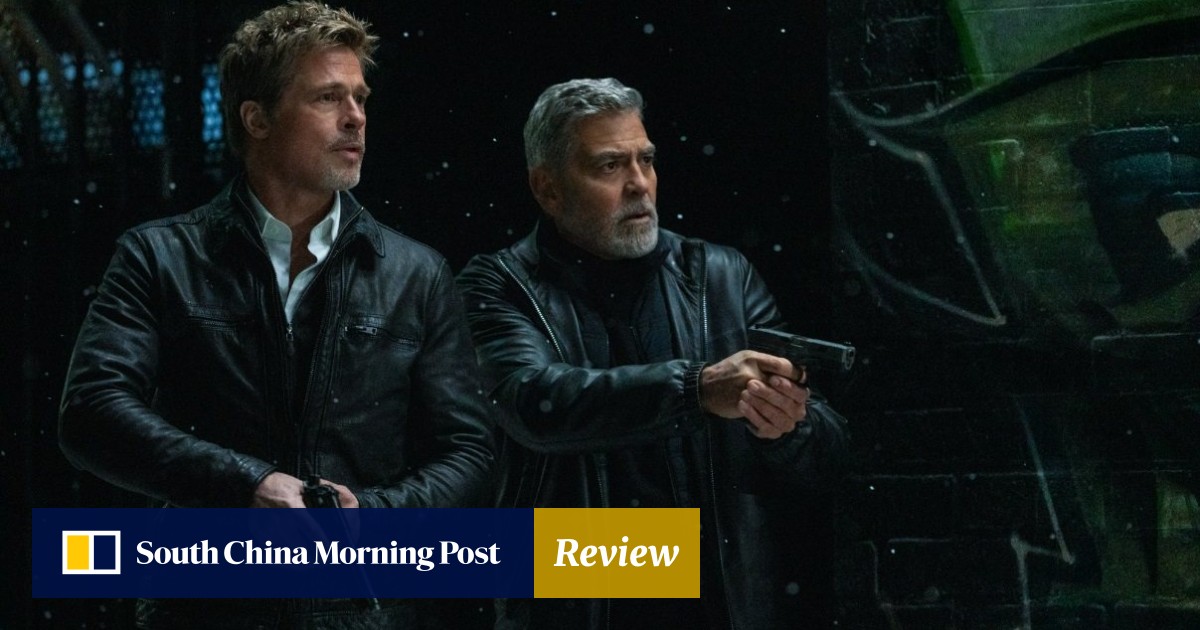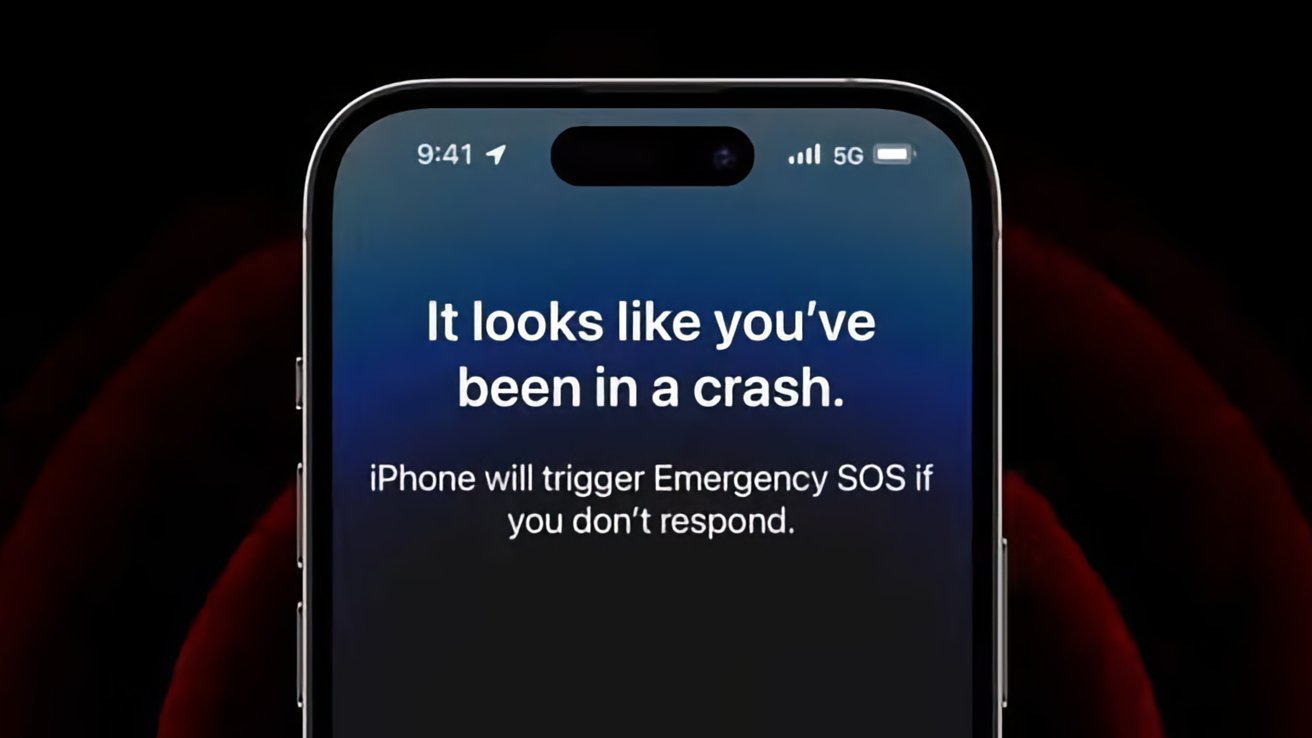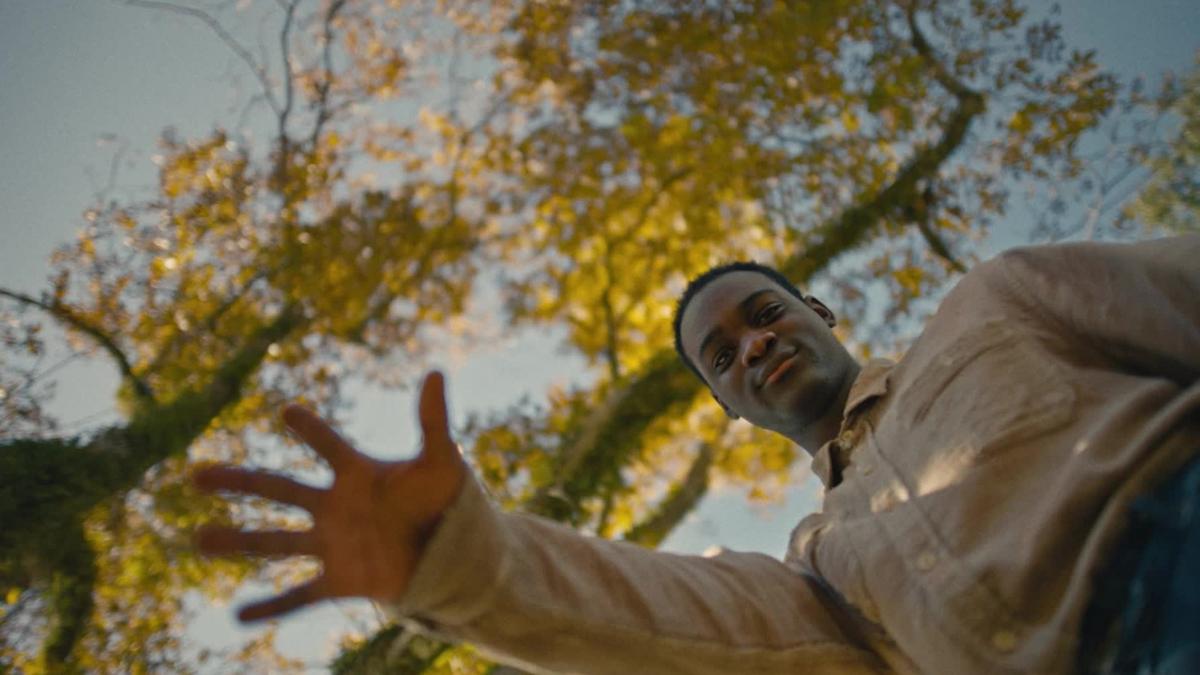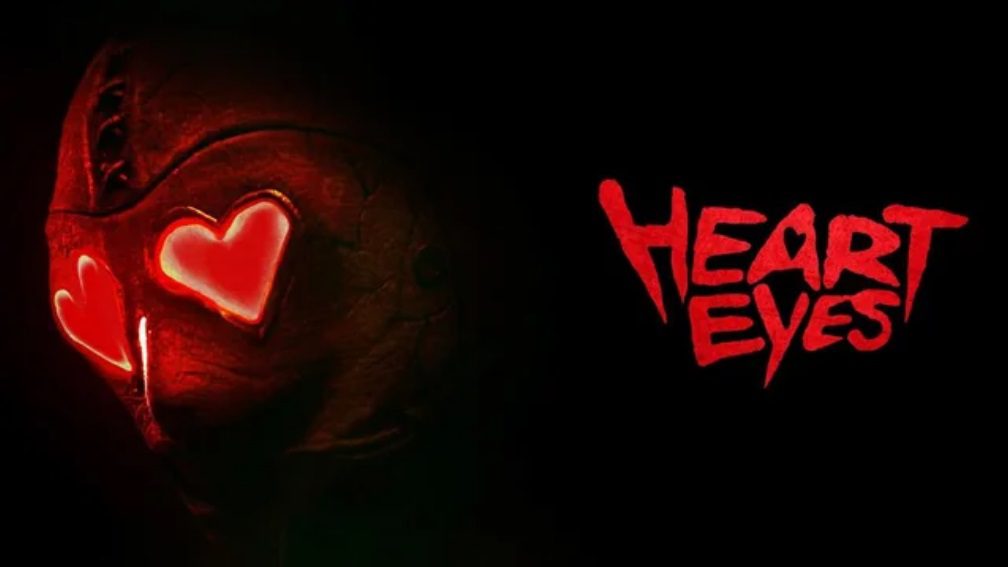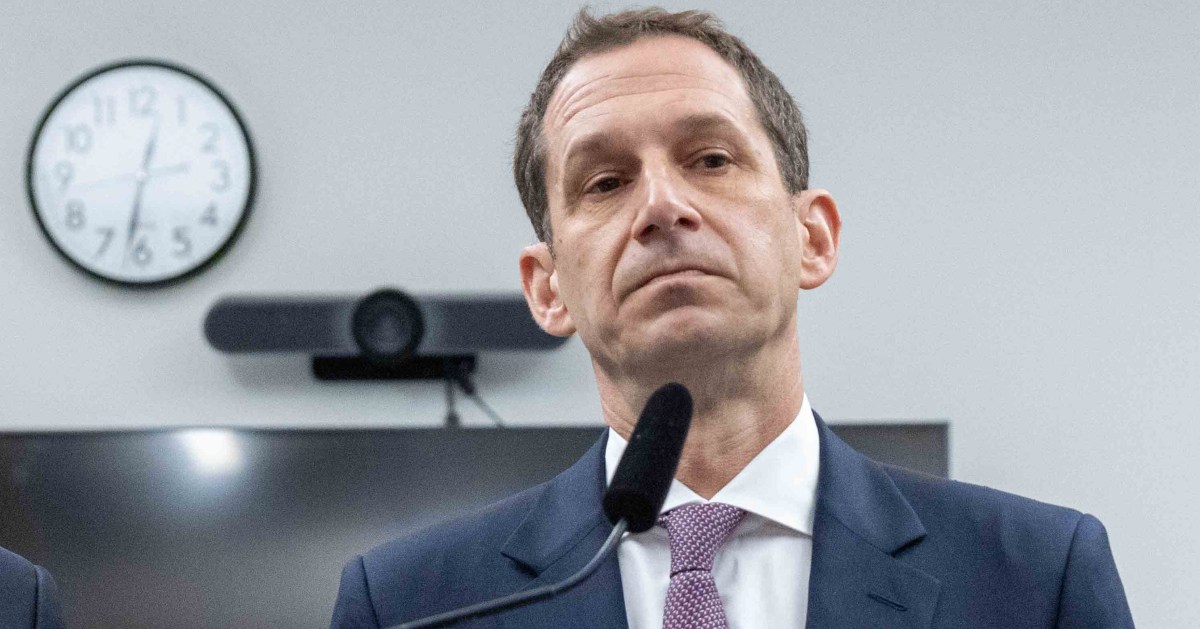RaMell Ross has been trying to reshape our understanding of what storytelling can be. His debut, Hale County This Morning, This Evening, turned everyday Black life into something lyrical and ineffable, demonstrating how cinema could hold time gently and reverently, before it slips away. Now, with Nickel Boys, his adaptation of Colson Whitehead’s Pulitzer-winning novel, he has done something even more audacious. His reimagining of the novel wrestles with the weight of history in a reckoning that lingers in the body, mind, and in spaces that were never meant to be remembered.

Most filmmakers would approach a novel as precise and devastating as Whitehead’s with a kind of solemn fidelity, ensuring that every plot point is accounted for. Ross breaks the story open and lets its spirit breathe, unearthing something inside that feels even more elemental. He understands that trauma is how it is felt, rather than merely a retelling of how it happened, and the film unfolds not as a sequence of conclusive events but as elliptical and sensory, and as fractured as memory itself.
Nickel Boys (English)
Director: RaMell Ross
Cast: Ethan Herisse, Brandon Wilson, Hamish Linklater, Fred Hechinger, Daveed Diggs and Aunjanue Ellis-Taylor
Runtime: 140 minutes
Storyline: Elwood Curtis’ college dreams are shattered when he’s sentenced to Nickel Academy, a brutal reformatory in the Jim Crow South
The film tells the story of Elwood Curtis (Ethan Herisse), a bookish Black teenager in Jim Crow- era Florida. He is studious, hopeful, the kind of kid who absorbs Dr. King’s words like scripture and assumes that if he walks the righteous path, the world will walk with him. But America has never been kind to children like Elwood, and a cruel twist of fate sees him thrown into a brutal reform school for wayward boys — the titular Nickel Academy. There, he meets the streetwise and world-weary Turner (Brandon Wilson), and their friendship and tenuous hope forms the film’s emotional core.

A still from ‘Nickel Boys’
| Photo Credit:
Prime Video
Ross’s decision to shoot Nickel Boys in first-person feels at once radical and deeply empathetic (although admittedly disorienting at first). Stories like these conventionally offer observation, but this one demands immersion. Ross reclaims the trick to mimic the sensation of a video game or a found-footage thriller as something deeper — a way of dissolving the barrier between audience and subject and stripping away the safety of detachment. There is no looking away because there is no “other” to look at; there is only us, trapped in the body of a boy whose fate pulses beneath our skin.
The infamous White House, where boys are taken to be abused, is filmed with an almost abstracted malice and its terror is only amplified by the unbearable sounds of a whirring industrial fan, meant to drown out the screams but failing to do so. Cinematographer Jomo Fray captures these moments with a disturbing detachment, letting shadows stretch and encroach, suffocating the frame as the school’s buried horrors make themselves felt.

His camera lingers on the textures of the world — dust catching in the air, the dull shine of sweat on a boy’s temple, the sweltering sun above a field where unspeakable things have happened. Ross even understands the story as a history of unnerving sensations — the sickening lurch in your stomach when you realize the world doesn’t see you as a child but as a problem. The sound of footsteps in a hallway, the knowledge that someone will be taken, and it might be you.
But he’s uninterested in suffering for suffering’s sake. The film embeds us so deeply in Elwood’s interiority that his pain, and his small, stubborn joys, feel like our own. Both Elwood and Turner are still just boys, in all the ways boys are — restless, curious, alive. The world has tried to steal that from them, but Ross refuses to let it.
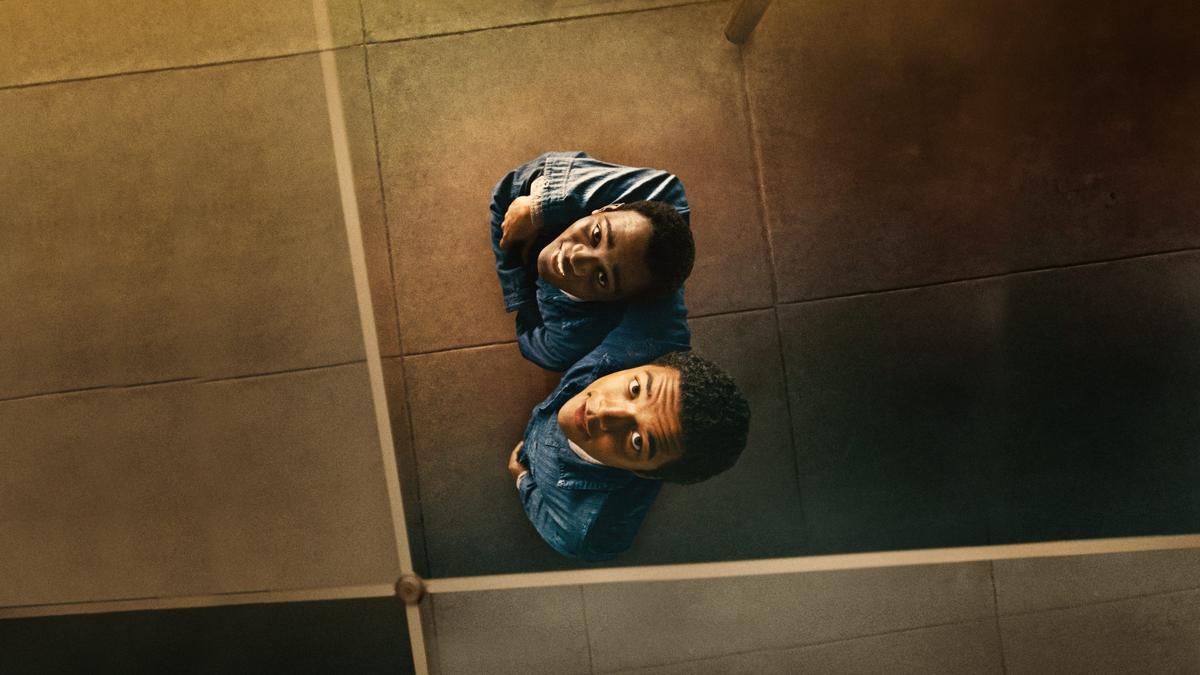
A still from ‘Nickel Boys’
| Photo Credit:
Prime Video
As it draws to a close, Ross makes Nickel feel so deeply, viscerally, in the marrow of our own memories that it forces us to sit in the terrible knowledge that the past is not past, that justice is often deferred into oblivion, and that the bodies buried in unmarked graves continue to shape very real landscapes.

RaMell Ross has done something that far transcends just adapting a really good novel — it has altered the way we see. Nickel Boys is a redefinition of what cinema can do, how it can speak to us, how it can reshape the very act of remembering, and serves an argument for documented fiction as something more than just a well-meaning exercise in period-accurate suffering. In another life, it would have made for one of the most inspired Best Picture winners of this decade. But that’s unlikely.
Nickel Boys is currently available to stream on Prime Video
Published – February 28, 2025 10:22 am IST


